
The AI industry today runs on cloud giants—centralized providers that set prices, control access, and keep their systems hidden behind paywalls. Developers rent Graphic Processing Units (GPUs) without ever knowing if the power they’re paying for is real, often facing inflated costs and inconsistent performance.
Within this opaque landscape, Neural Internet operating on Bittensor’s architecture emerges as a quiet revolution. It’s not another token project. It’s a working, self-sustaining compute network built to prove that trust in computation can be verified, not assumed.
What is Neural Internet?
Neural Internet, grounded on Bittensor’s Subnet 27, began as a decentralized autonomous organization (DAO) with one goal: to democratize access to high-performance computing through blockchain. Co-founded by Hansel Melo and a team of engineers, product architects, and AI researchers, the group believes that computing power should be open, verifiable, and permissionless.
Their recent work on Subnet 27 (also referred to as NI Compute) is the realization of that idea. This made Neural Internet a decentralized GPU marketplace where anyone can contribute compute power and anyone can use it, without relying on centralized intermediaries.
Unlike traditional platforms such as AWS, Subnet 27 doesn’t just rent out GPU time; it verifies every computation cryptographically. That means users can trust that every bit of compute power they pay for is real and accurately delivered.
The Vision Behind Subnet 27
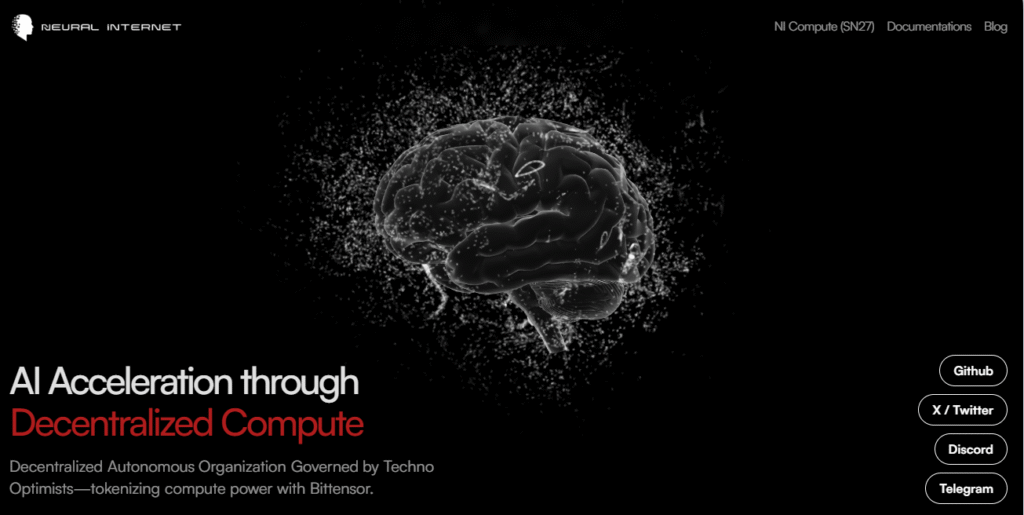
Neural Internet’s compute subnet marks a shift from blind trust to verifiable computation. Traditional clouds rely on corporate assurances; Subnet 27 replaces that with cryptographic proof and decentralized accountability. By opening a permissionless compute market, it gives independent AI developers and researchers affordable, transparent access to GPU power that is free from centralized pricing and control.
Unlike emission-based models, Subnet 27 is self-sustaining, generating revenue directly from real usage rather than inflationary rewards. It connects miners who supply hardware with validators who verify performance and users in need of compute power. This forms a functional, market-driven compute layer within Bittensor’s broader vision of a network where every resource is proven, not promised.
Unique Features of Neural Internet
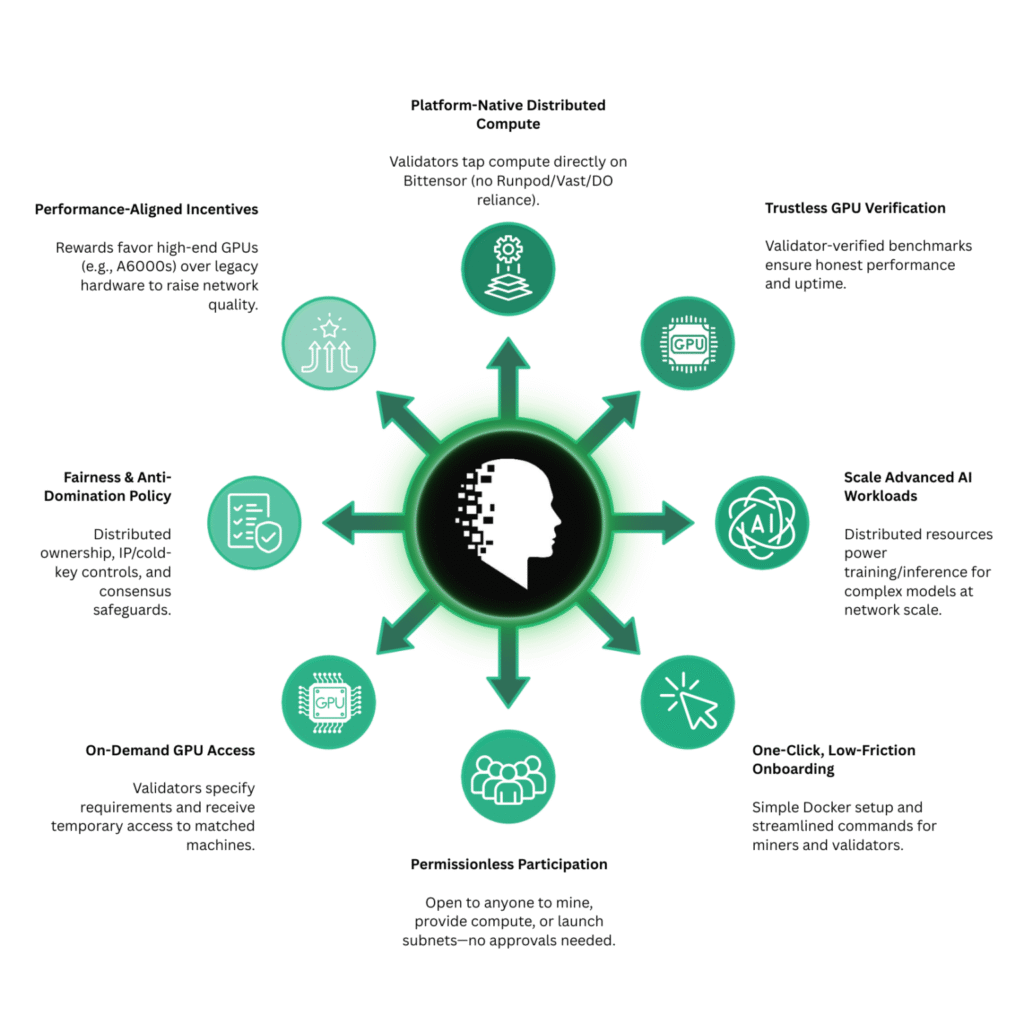
Subnet 27 unlocks a wide range of real-world applications by merging verified GPU compute with Bittensor’s decentralized framework. Its design prioritizes accessibility, fairness, and performance – making advanced AI workloads possible without centralized dependencies.
1. Platform-Native Distributed Compute
Validators can tap directly into compute resources on Bittensor without relying on third-party providers like Runpod or Digital Ocean. This creates a native, on-chain environment for running large-scale computational tasks securely and efficiently.
2. Trustless GPU Verification
Every GPU’s performance and uptime are validated through benchmark proofs, ensuring that computation is both transparent and reliable. This trustless verification mechanism forms the foundation of Neural Internet’s integrity layer.
3. Scaling Advanced AI Workloads
By distributing GPU power across a decentralized network, Subnet 27 enables training and inference for large-scale AI models that would normally require centralized cloud infrastructure. It transforms the network into an open AI supercomputer.
4. One-Click, Low-Friction Onboarding
Mining or validating requires no technical complexity. A simple Docker setup and streamlined commands allow users to start participating instantly, reducing barriers to entry for individuals and organizations.
5. Permissionless Participation
Subnet 27 operates on pure openness. Anyone can contribute (whether by mining, providing compute, or launching a subnet) without seeking approval. This democratizes access to high-performance computing globally.
6. On-Demand GPU Access
Validators can request temporary access to matched GPU machines based on their specific workload requirements, ensuring flexibility and efficient utilization of network resources.
7. Fairness and Anti-Domination Policies
Ownership and participation are distributed through IP and consensus safeguards to prevent any single actor from dominating the subnet. This keeps the network balanced, competitive, and aligned with decentralization principles.
8. Performance-Aligned Incentives
The system rewards higher-quality GPUs (such as the A6000s) over legacy hardware, maintaining a consistently high standard of network performance. This incentive model ensures both fairness and quality growth across the ecosystem.
Who Neural Internet Is For
Neural Internet is built for anyone who needs trustworthy, high-performance computing without depending on centralized cloud providers.
a. AI Researchers & Developers: Access verified GPU power for training and inference at a fraction of traditional cloud costs.
b. Enterprises & Startups: Deploy scalable AI workloads securely with full transparency and predictable pricing.
c. GPU Providers & Miners: Monetize idle hardware by contributing compute power to a decentralized, revenue-generating network.
d. Subnet Builders: Launch and validate subnets using verifiable compute resources, accelerating innovation across the Bittensor ecosystem.
Neural Internet bridges these groups through a shared marketplace where computation is verified, rewarded, and entirely permissionless.
How it Works
Subnet 27 leverages Bittensor’s decentralized architecture to ensure that every GPU on the network is genuine, available, and performing as claimed.
Here’s the simplified breakdown:
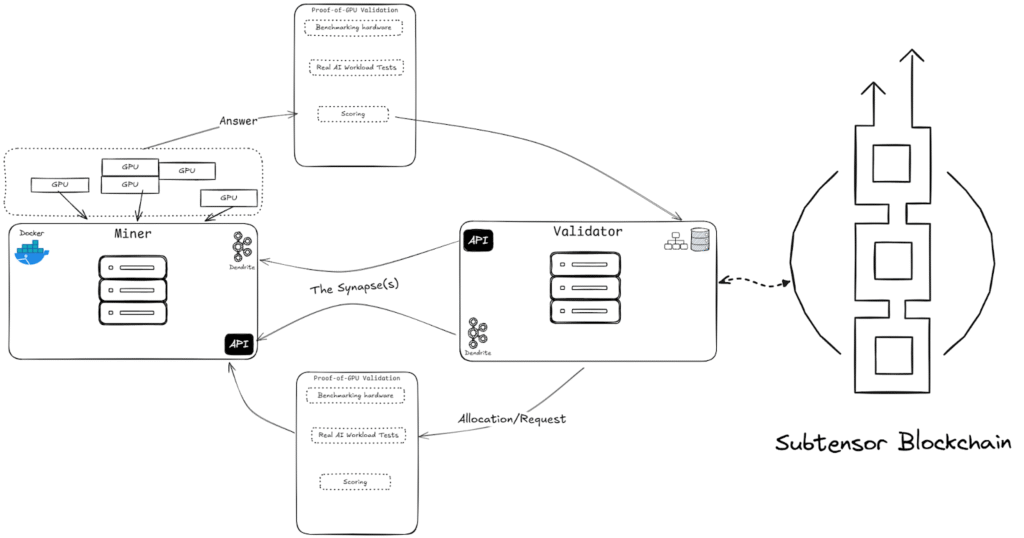
a. GPU providers (miners) connect their machines to the network and perform computational tasks.
b. Validators send these miners test tasks and verify their output against cryptographic proofs.
This system verifies each GPU’s authenticity, performance, and consistency without centralized oversight. The process runs automatically, ensuring transparency and preventing false hardware claims.
Instead of staking collateral, miners build reputation through proven performance, earning more when they deliver reliably and less when they don’t.
How to Use Neural Internet
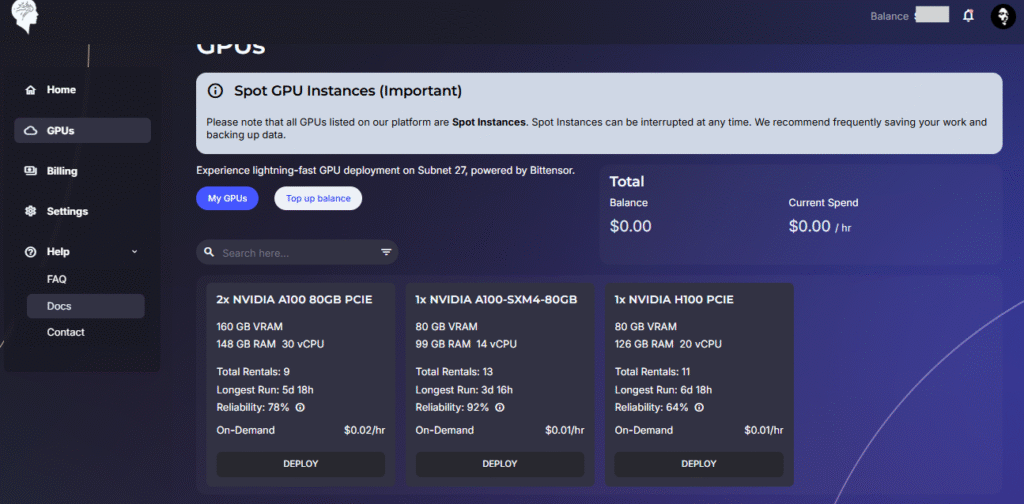
Researchers and developers can easily access compute power on Neural Internet, going for as low as $0.01 per hour. Payments can be made with fiat or cryptocurrency through Stripe.
To step up with its service, Neural Internet is unveiling a new product, Nodexo.

Nodexo is a permissionless GPU marketplace designed for both compute providers and end-point users. It enables GPU owners to monetize their compute power through on-chain verification and smart contract payouts in fiat, or crypto. Nodexo also offers enterprises and AI developers affordable, trustless access to high-performance GPUs at ridiculously affordable prices.
The Alphanomics (Why Should Anyone Hold SN27 Tokens?)
Neural Internet’s alpha token operates on a revenue-based model rather than inflationary emissions, ensuring that value creation is directly tied to real network activity.
1. Revenue-Linked Rewards: GPU providers earn payouts only when the network generates income, aligning incentives with real-world usage.
2. Multi-Currency Payments: Users can pay in fiat, USDC, or any Bittensor Alpha token. When Alpha tokens are used, they’re automatically converted to $27, creating constant buy pressure and a deflationary effect.
3. Treasury Sustainability: All profits (after covering operational costs) return to the subnet’s treasury. Even the owner’s allocation remains locked in the treasury to reinforce long-term growth.
4. Aligned Incentives: This structure replaces speculation with function. Every computation and transaction adds measurable value to the token, making it a service-backed asset rather than a purely speculative one.
A New Paradigm for Compute
Subnet 27 isn’t just about hardware; it’s about economics, transparency, and trust. It demonstrates that decentralized systems can sustain themselves through real demand, not perpetual emissions.
By merging open verification, fair competition, and real-world revenue, Neural Internet transforms GPU power into a verifiable public resource, a building block for a future where AI infrastructure belongs to everyone, not just the few who can afford it.
In an industry dominated by clouds that promise performance without proof, Subnet 27 stands for the opposite: performance that proves itself.
Useful Resources
Official Website: https://neuralinternet.ai/
X (Formerly Twitter): https://x.com/neural_internet
GitHub: https://github.com/neuralinternet/SN27
Discord: https://discord.com/invite/neuralinternet
Telegram: https://t.me/neuralinternet

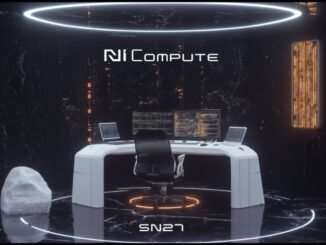

Be the first to comment